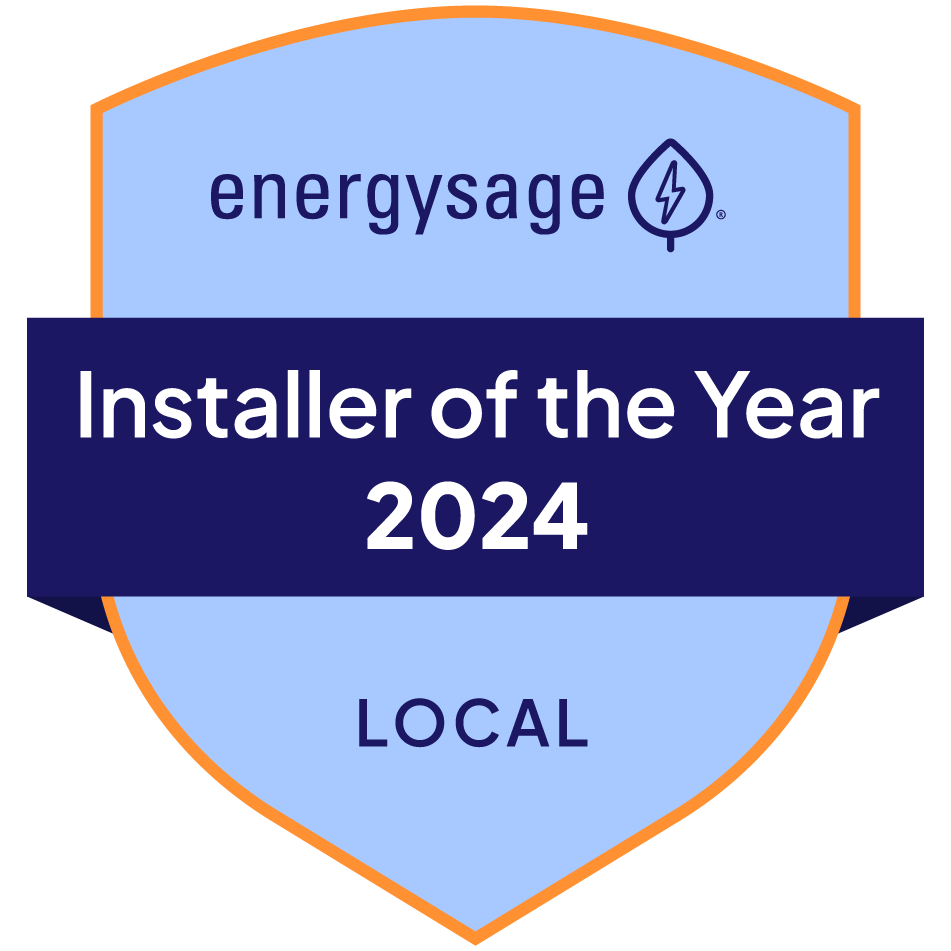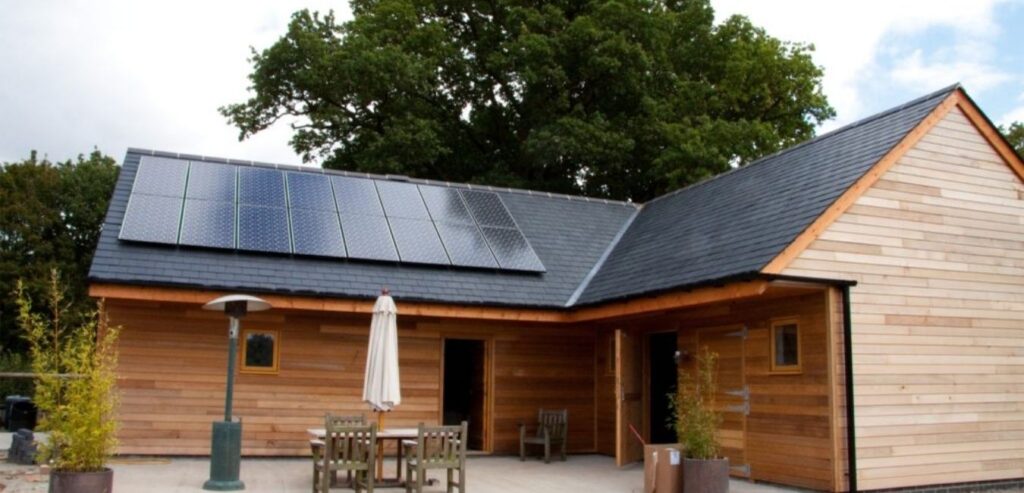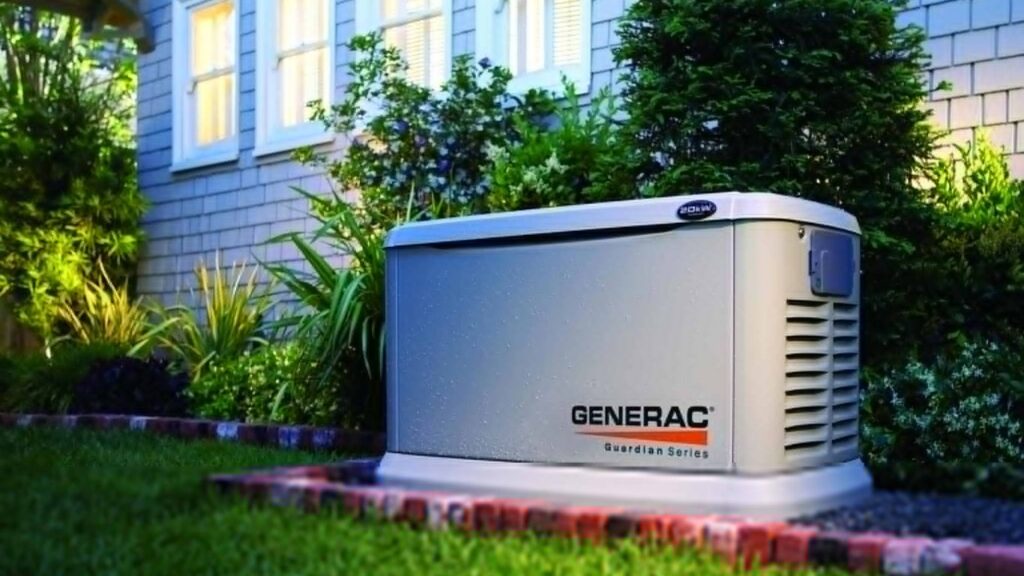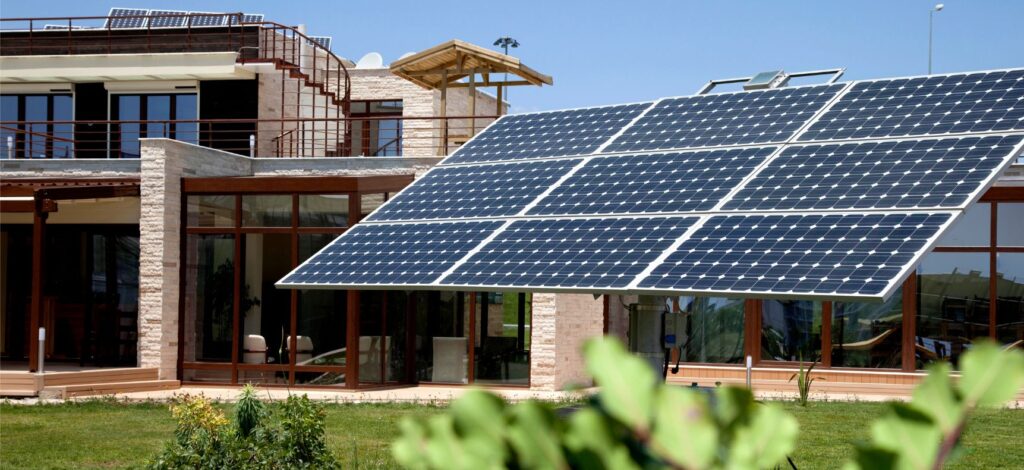Oregon Solar Panels Removal
Trying to figure out how to remove solar panels? Well, removing those panels, especially in Oregon’s dynamic climate, is not just a technical task but an essential part of maintaining your home’s efficiency and aesthetics. At Energy Solutions of Oregon, we understand the complexities involved in how to remove solar panels. Whether it’s due to roof aging, damage, or an upgrade, our skilled team ensures a smooth removal process, prioritizing your roof’s integrity and your peace of mind.
Getting Professional Help
Removing solar panels is complicated and risky, especially for DIYers without technical experience. Homeowners should strongly consider hiring an expert solar installer or roofer to safely remove solar panels.
Removing solar panels involves electricity, heights, and heavy equipment. Unless you have solar training, it’s safest to hire qualified pros with experience taking down and disposing of solar systems. Investing in experts protects the value of your home.
When It’s Time to Remove Solar Panels
There are a few reasons homeowners may need to take down their solar panels:
End of Life – Solar panels usually work well for 25-30 years. After many years outside, they slowly make less electricity. Putting up newer, better panels can keep or increase power.
Roof Repairs or Replacement – If the roof under the solar panels needs new shingles or fixes, the panels will likely need to come down temporarily or permanently. This gives roofers clear access.
Upgrading Panels – Old solar panels might still work, but new models are more efficient. Upgrading lets homeowners benefit from technology improvements without replacing the whole system.
Moving Homes – For homeowners moving to a new house, taking solar panels allows them to take the system or sell it.
Damage from Weather – Storms, hail, fallen trees, and extreme weather can harm solar power setups. Panels that are cracked, broken, or underperforming from the weather may need removal.
Planning and Getting Ready
Proper planning for removing solar panels is key to staying safe and avoiding issues. Here are some important steps for Oregon homeowners:
Check permits, and rules for your area – Most places require permits to remove solar panels. Find out permit costs, paperwork, timelines, and inspections needed. Follow all local safety, electrical, and building codes.
Have solar company disconnect electricity – Only solar pros should turn off and cap the electric lines and system parts.
Tell the fire department if required – Some areas require telling the fire department before temporarily turning off solar panels in case of emergencies.
Get supplies together – Gather needed safety gear like goggles, gloves, and harnesses. Have the right tools to access, remove, and seal the roof. Get any specific materials required to properly seal roof holes.
Take photos of the original setup – Take detailed pictures of the panels, mounts, wiring, and connections before taking them apart. This gives a helpful reference for reinstalling later.
Understand the mounting and wiring system – Check how your solar panels were installed, including the mounts, racks, wiring, and boxes. This allows safer, easier removal.
Proper planning and preparation prevent problems later when removing panels. Following local rules and safety best practices is critical.
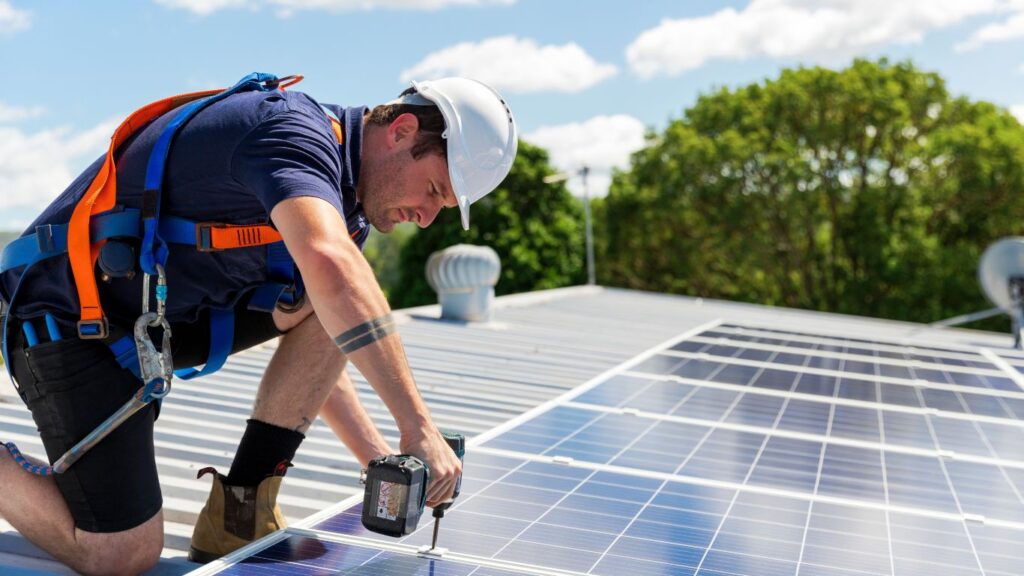
Safety Checklist
Safety should be the first concern when taking off solar panels. Be sure to take these precautions:
- Turn off the electrical system for the solar panels at the main breaker box. This avoids any chance of shocks.
- Wear proper safety gear including goggles, sturdy gloves, harness, and closed-toe grippy shoes. This protects against injury from broken glass or falling.
- Use extreme caution when working at heights or on rooftops. Watch your surroundings and use harnesses, restraints, or safety rails if required.
- Follow OSHA’s fall protection rules which start at 6 feet for homes. Have proper anchor and tie-off points.
- Before starting, check panels and mounts for any current damage or hazards.
- If possible, have someone present to assist with safety, and tools, and know your status.
Taking these precautions seriously prevents injury and makes removing solar panels safer. Don’t hesitate to get professional help if the roof height or panel setup poses challenges.
Taking Off Solar Panels
Once safety steps are in place, you can start removing the solar panels from the mounts and roof.
Here are the key steps:
- Unhook any wires or boxes that connect the panels. Check your system diagrams and find all connection spots.
- Unfasten the panels from the mounting system, working on one panel at a time. This may involve unscrewing clamps, taking off clips, or loosening other fasteners. Refer to your install guide for tips specific to your mounts.
- Carefully lift and remove each panel, keeping it flat and supported at all times. Solar panels can easily crack if bent or twisted. Have helpers if needed.
- Follow the solar manufacturer’s instructions if you have them for guidance on properly removing that brand or model of solar panel.
- Place each panel in a safe, flat area on the ground to avoid any damage as you remove the rest. You don’t want panels sliding or falling off the roof.
- Repeat the process for every panel until all have been taken off the mounts and roof.
Removing the Mounting System
The mounting system physically attaches the solar panels to the roof. Removing this without damage takes care and precision.
First, unfasten any rails, tracks, clamps, or fasteners that attach the mounts to the roof. Depending on the setup, this may involve unscrewing hardware, releasing clamps, taking off adhesive strips, or detaching other fasteners.
Carefully remove each part of the mounting system, including rails, clamps, racks, and any hardware. Be sure to keep all hardware together, as it may be needed to reinstall later.
Thoroughly check the areas of the roof under the mounting system. Repair any holes or damage left behind to avoid leaks. Use roof sealant or patches to cover any screw holes or penetrations.
Only leave the mounting system intact if you plan to put solar panels back up soon. Otherwise, removing everything allows full roof access for repairs and gives a fresh start for potential future solar.
Take pictures of the removed mounting system for reference. Properly recycle or dispose of any parts that won’t be reused.
With patience and care, the mounting system can be taken off without hurting the roof. Following safety rules and minimizing damage are important.
Sealing the Roof
After the solar panels and mounts are removed, it’s important to properly seal the roof to stop leaks. Here are the key steps:
Seal any screw holes or penetrations – Check the roof and seal any holes left from screw mounts or wiring holes using waterproof sealant or flashing. This keeps moisture from seeping in and causing leaks.
Inspect roof condition – Look over the area of the roof that was under the solar panel system. Check for any cracks, damage, or wear on the roof surface. This is key to preventing future leaks.
Make roof repairs if needed – If any damage is found during inspection, make necessary fixes by patching, replacing shingles, adding sealant, etc. It’s crucial to repair any roof issues before sealing it up.
Use weatherproof sealant and materials – For all sealing, use high-quality caulk or sealant made for roofs and outdoor use. Make sure any flashing or patches use weatherproof, water-resistant materials.
Avoid leaks down the road – Taking the time to thoroughly seal and fix the roof will pay off later by preventing costly leaks. A little prevention goes a long way.
Disposal and Recycling
Properly throwing out and recycling solar panel parts is an important part of removal. Here are some key steps:
Check local rules and options – Contact your local waste and recycling center to learn about solar panel disposal and recycling choices near you. Regulations vary by area, so it’s key to know the specific requirements for your region.
Many solar parts can be recycled – Most solar panel pieces, including the aluminum frame, glass, and silicon cells can be recycled. Wires, boxes, and inverters may also be recyclable. Recycling solar panels keeps hazardous stuff out of landfills.
Prepare materials properly – Follow instructions from your local recycling center on how to sort and prepare solar panel pieces for drop-off. Materials may need to be taken apart and separated. Use care when handling broken glass or frayed wires.
Hazardous waste needs special disposal – Some solar panel parts, like lead solder or lithium batteries, are hazardous waste. These cannot go to regular landfills and need designated hazardous waste drop-off points.
The Safe Solar Panel Removal Process
As covered in this guide, key steps for removing solar panels include:
- Checking panels and mounts for damage
- Turning off electrical systems
- Using protective gear
- Getting permits
- Taking off panel connections and hardware
- Lifting panels off the roof
- Sealing any holes or leaks
It’s crucial to follow safety rules and manufacturer instructions during the entire solar panel removal process. Attempting removal without expertise can risk falls, shocks, and roof damage. For these reasons, it’s highly recommended to have solar panels removed by professionals.
Frequently Asked Questions
Dive into our FAQ section where we tackle your most pressing queries about solar panel removal and reinstallation, ensuring you’re fully informed and at ease.
Does removing solar panels damage the roof?
No, not when handled by professionals like us. We ensure your roof’s integrity is maintained throughout the removal process.
What is the cost of removing solar panels for a new roof?
This depends on various factors, including the number of panels and roof condition. Contact us for a tailored quote.
Can I remove and reinstall solar panels myself?
We recommend professional services for safety and efficiency. DIY attempts can lead to damage or improper installation.
How long does the removal and reinstallation process take?
Timeframes vary, but we prioritize efficient and thorough service. We’ll provide an estimated timeline with your quote.
Choosing Energy Solutions of Oregon
Hiring our Oregon Solar Panel Removal and Reinstall Service means entrusting your home to experts who understand the importance of every step in the process.
From careful removal to strategic reinstallation, we ensure your solar panels and roof are in top-notch condition. Ready for a worry-free solar panel service? Request your free quote today!

